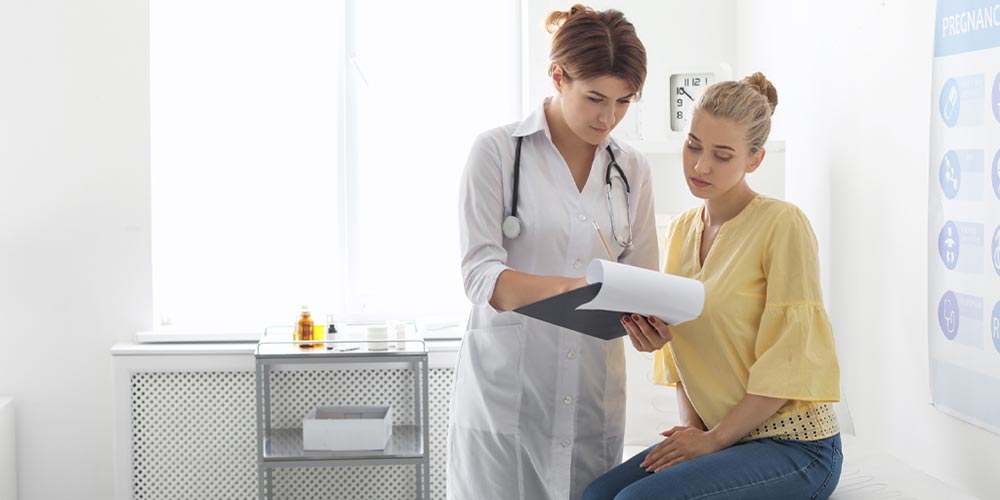If detected early, cervical cancer is one of the most successfully treatable cancers. Learn the signs and symptoms and how to talk to your doctor about a cancer screening plan.
Are you at risk?
Several risk factors increase your chance of developing cervical cancer, but screenings help catch it early. Risk factors include:
- Previous infection by the human papillomavirus (HPV) or chlamydia
- Having many sexual partners or one high-risk partner
- Smoking
- Having a weakened immune system
- Long-term use of oral contraceptives
- Having multiple full-term pregnancies or a full-term pregnancy under age 20
- Exposure to diethylstilbestrol (DES)
- Family history of cervical cancer
Signs, symptoms and screening
Early-stage cervical cancer generally produces no signs or symptoms. More advanced cervical cancer signs include:
- Vaginal bleeding after intercourse, between periods or after menopause
- Watery, bloody vaginal discharge
- Pelvic pain
Cervical cancer can be found early and sometimes even prevented through regular screenings like the Pap test and the HPV test. Early detection is key to successful treatment. Talk to your doctor about which testing option is right for you.
Prevention is better than a cure
Preventing disease is more effective than dealing with it after a diagnosis. To reduce your risk of cervical cancer:
- Ask your doctor whether the HPV vaccine is right for you. Vaccination helps prevent HPV infection and may reduce your risk of cervical cancer and other HPV-related cancers.
- Get routine Pap tests. Pap tests can detect precancerous cervix conditions so a provider can monitor or treat them to prevent cancer. Most medical organizations suggest beginning routine Pap tests at age 21 and repeating them every few years.
- Talk to your doctor about HPV testing. HPV tests look for the virus that can cause cell changes on the cervix. These tests are recommended for women who are between ages 30 and 65.
- Practice safe sex. Use a condom every time you have sex and limit your number of sexual partners to prevent sexually transmitted infections.
- Don’t smoke. If you do smoke, talk to your doctor about strategies to help you quit.
- Eat lots of fruits and vegetables.
- Maintain a healthy weight.
Get to the root of cervical cancer
It isn’t clear what causes cervical cancer, but it’s certain HPV plays a role. The CDC recommends the HPV vaccine for girls and boys (since it can prevent certain male cancers as well) according to this schedule:
- Ages 11-14: two doses of the HPV vaccine at least six months apart
- Ages 15-26 who are just beginning the series: three doses of the vaccine
- HPV vaccination is not recommended for everyone over age 26
Check out the CDC’s helpful website for more information about cervical cancer and how to protect yourself and your loved ones.
See the full list of preventive care recommendations for you and your family’s ages and genders.
